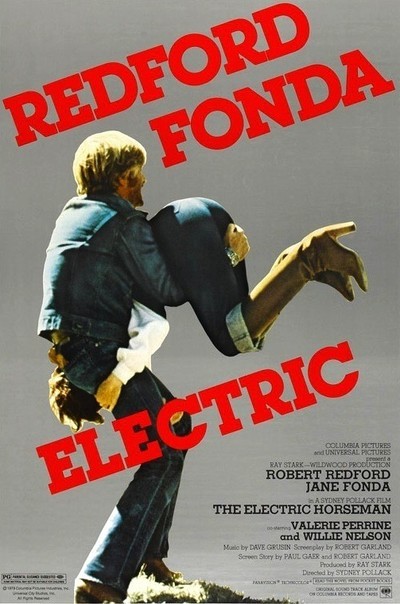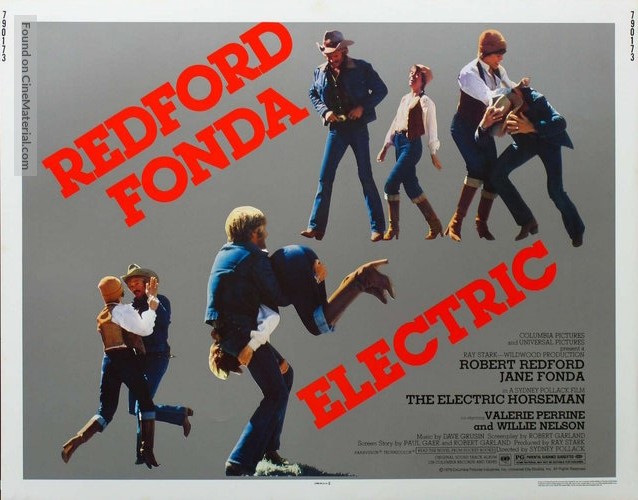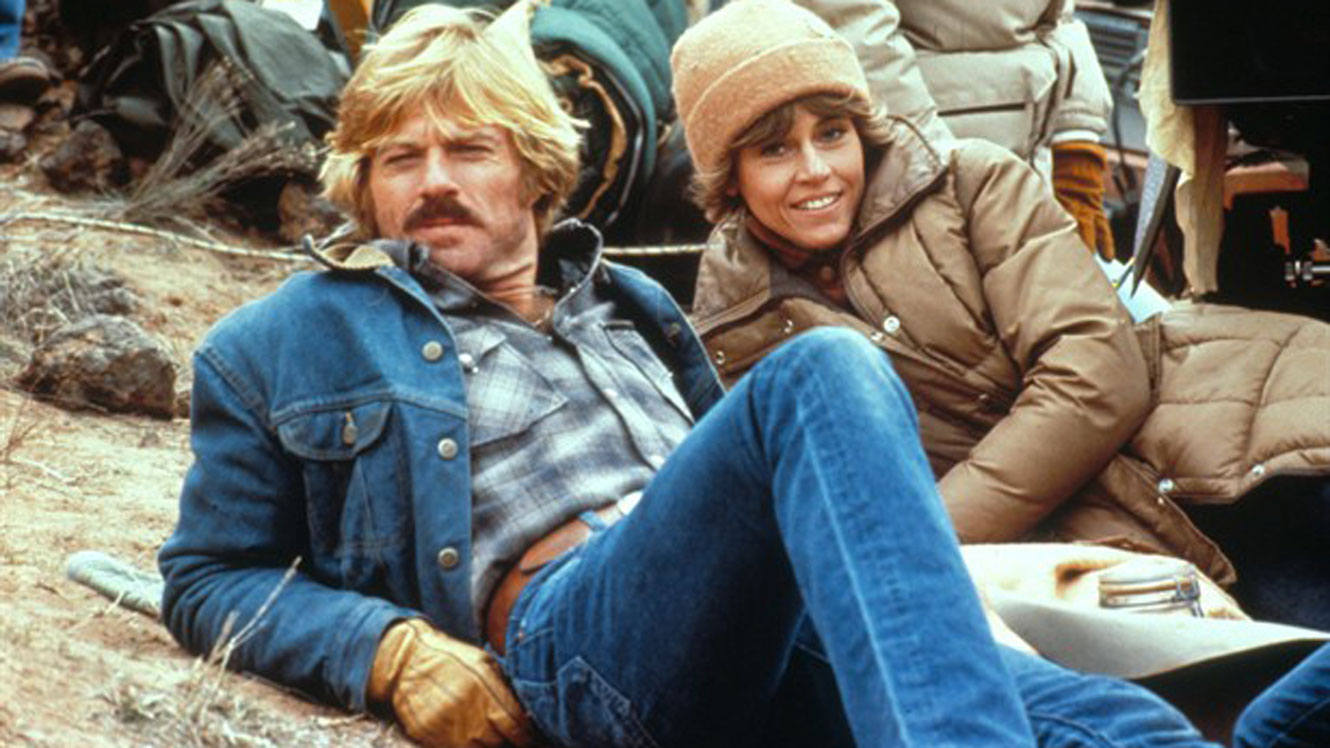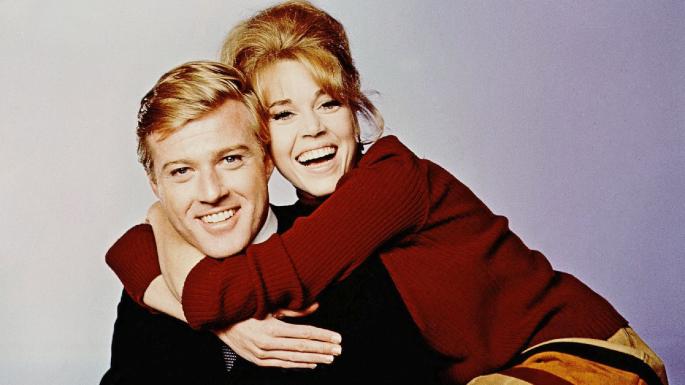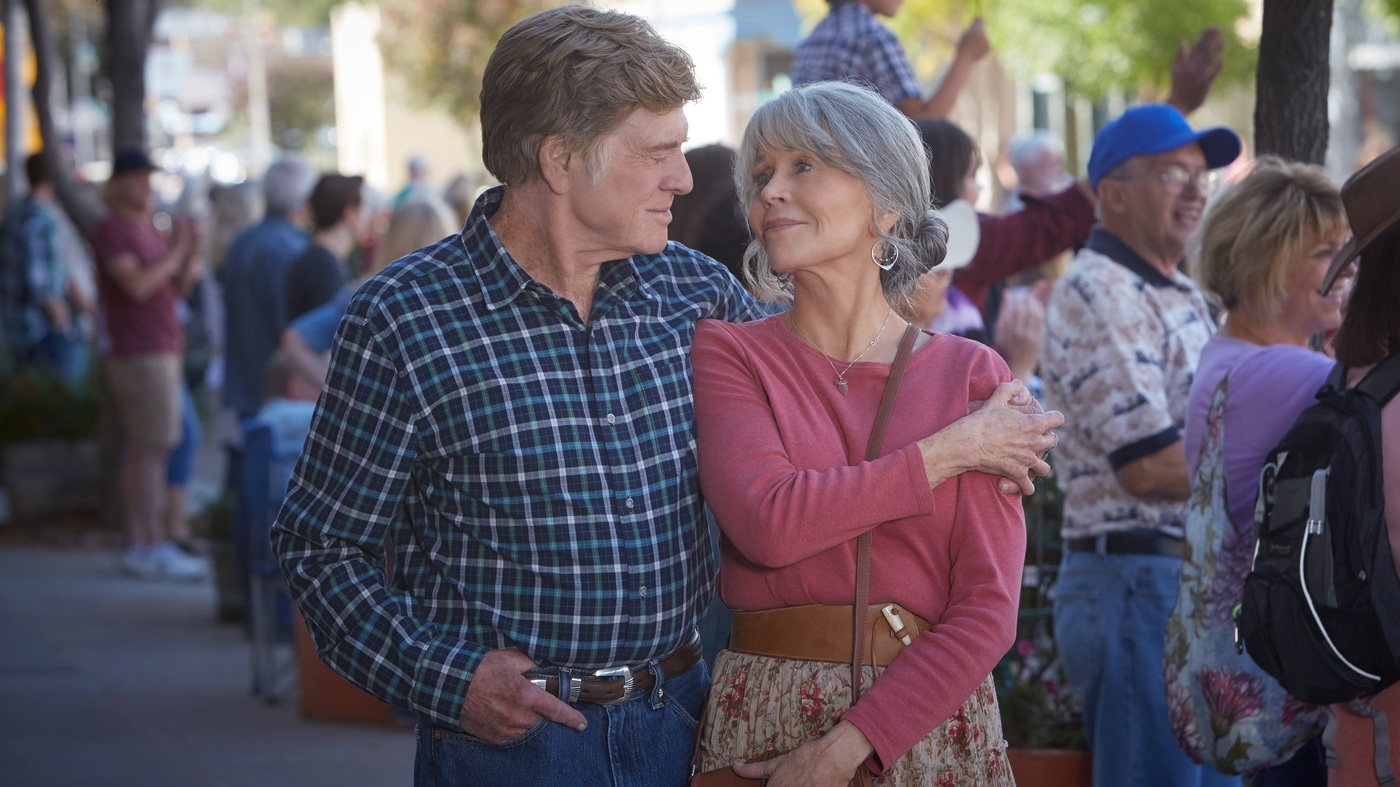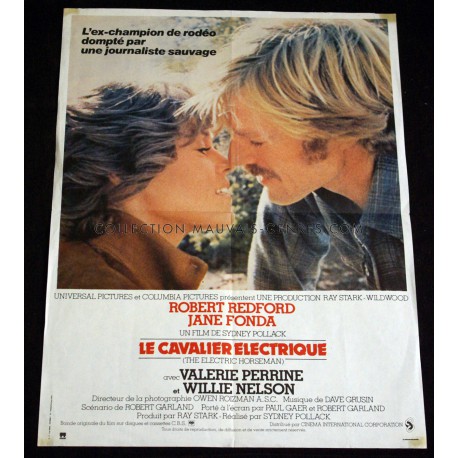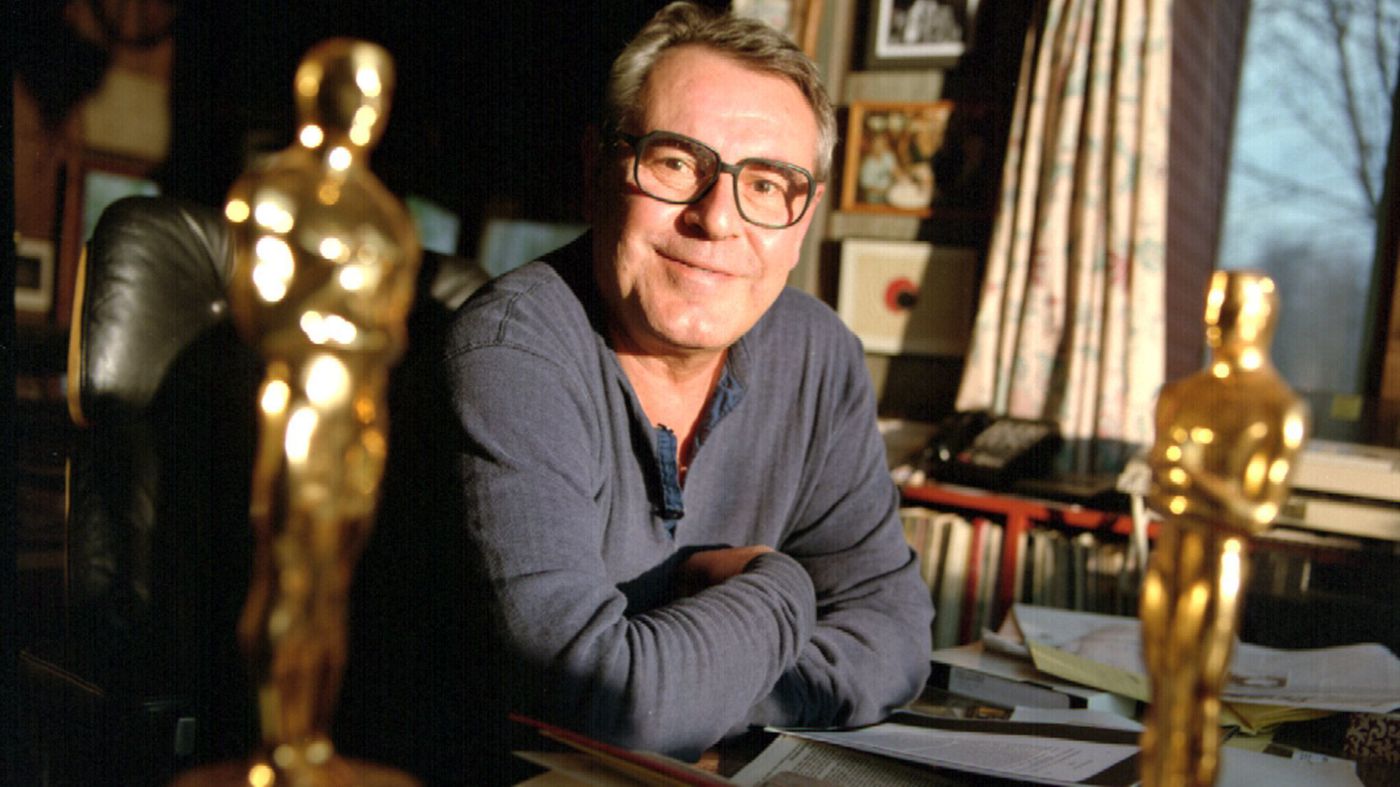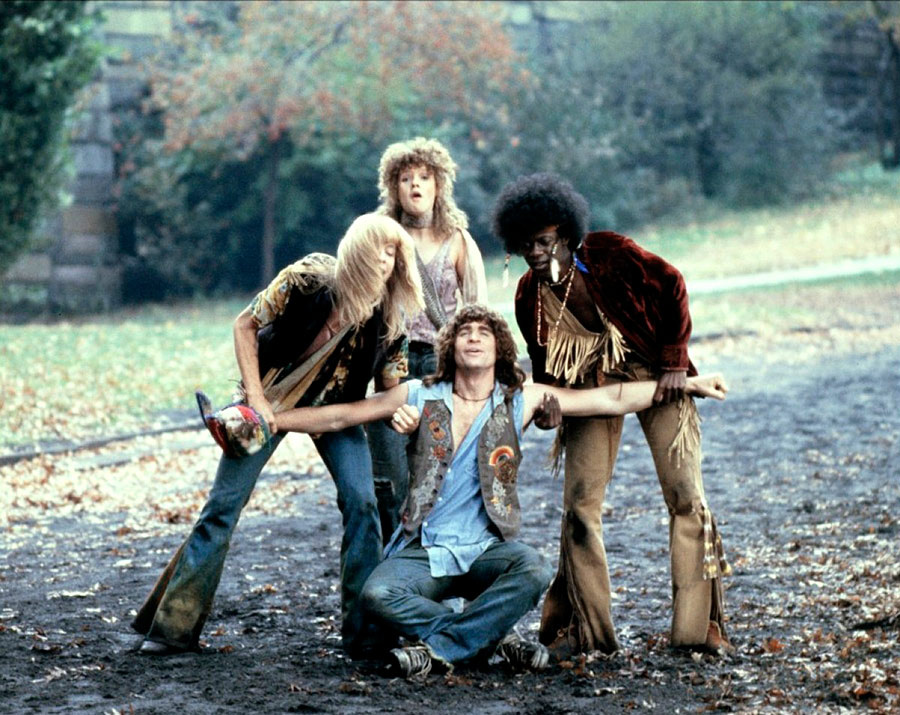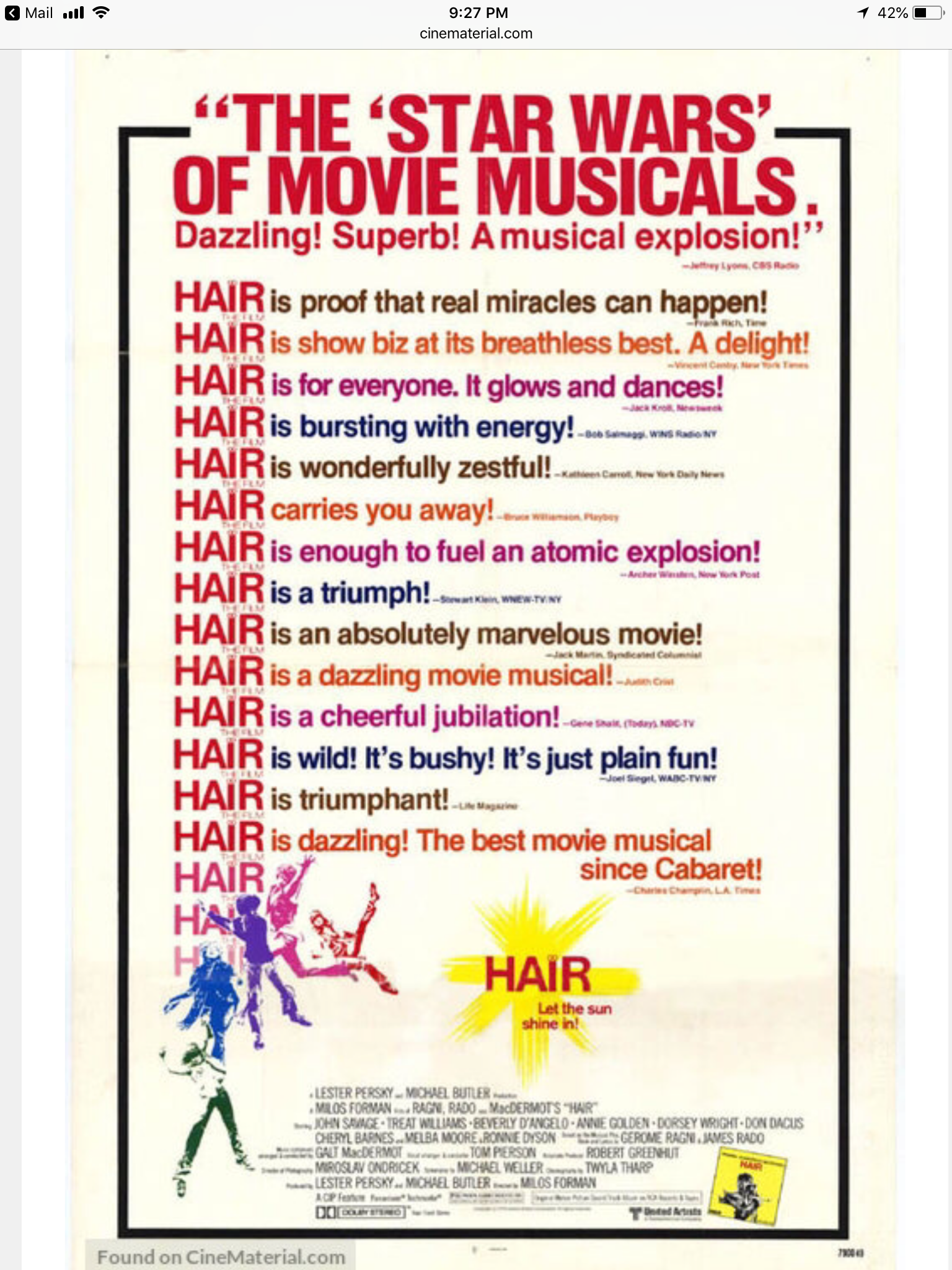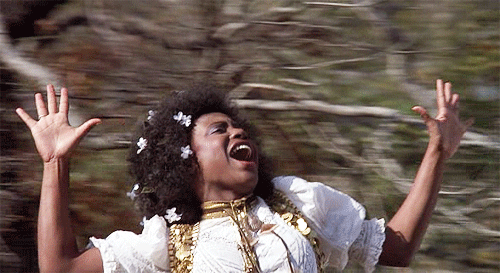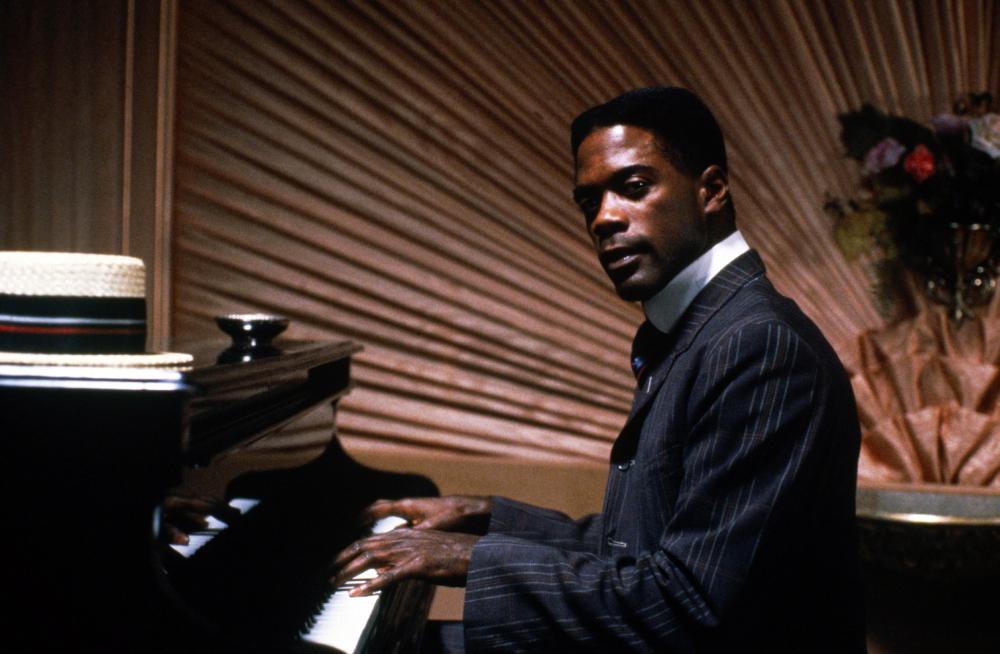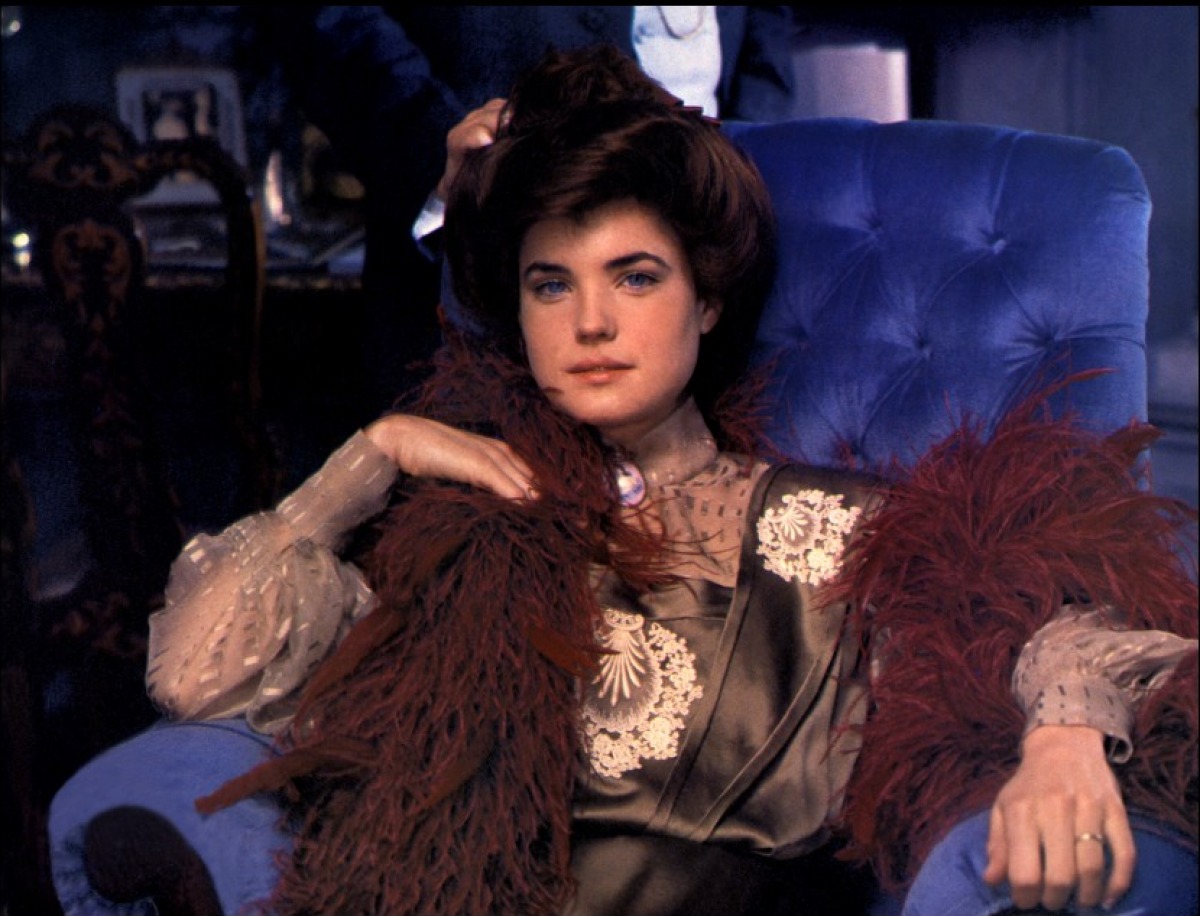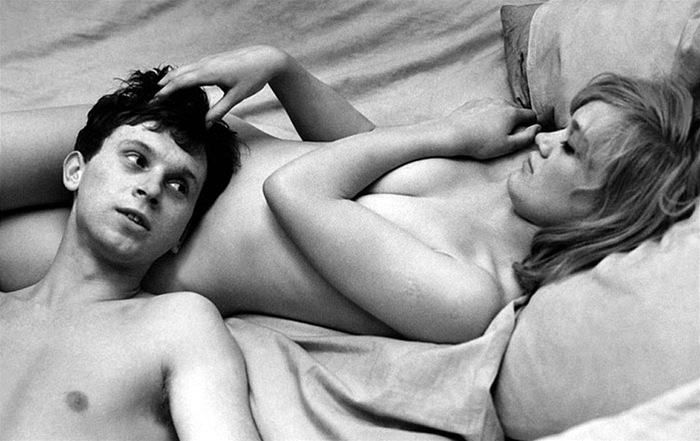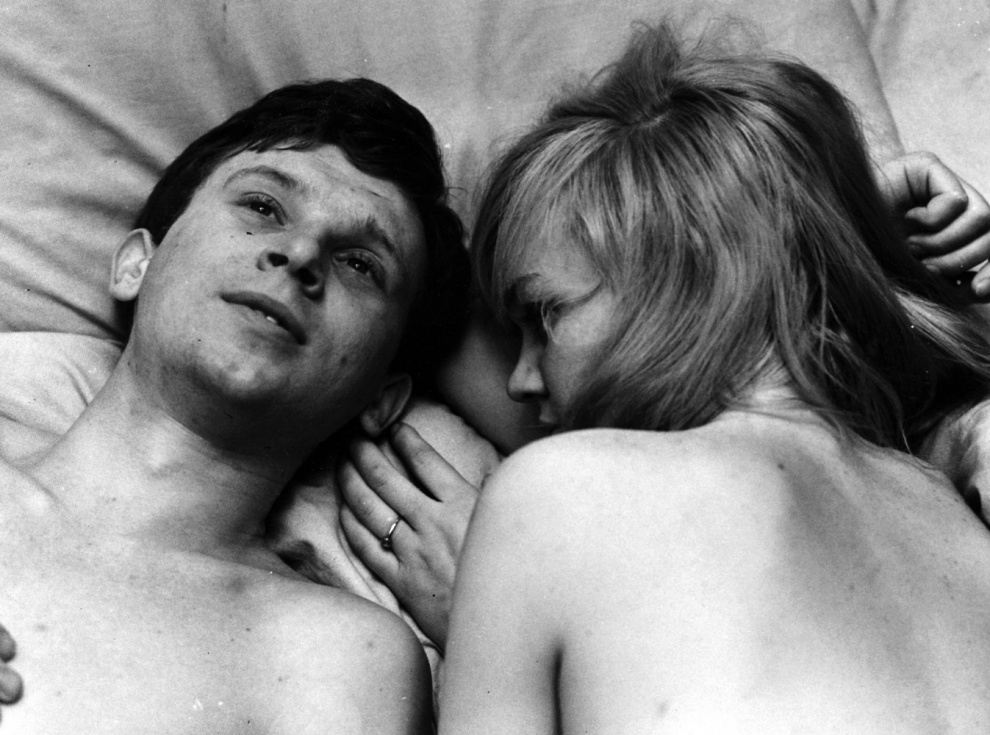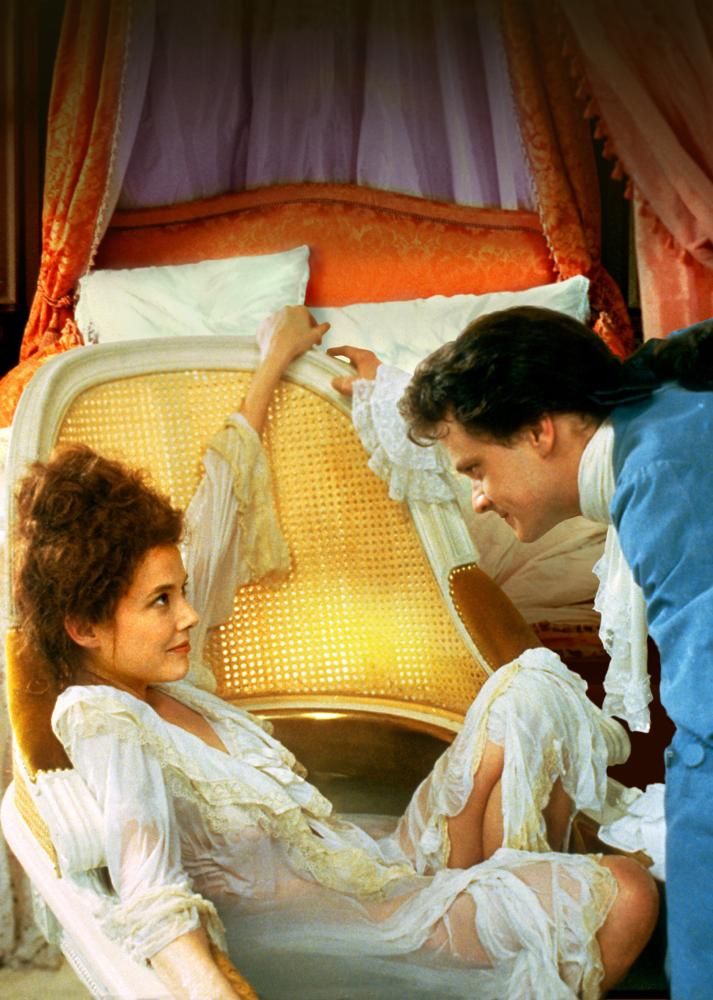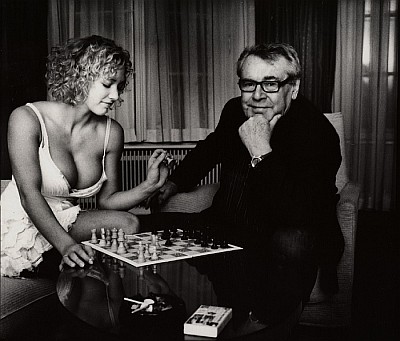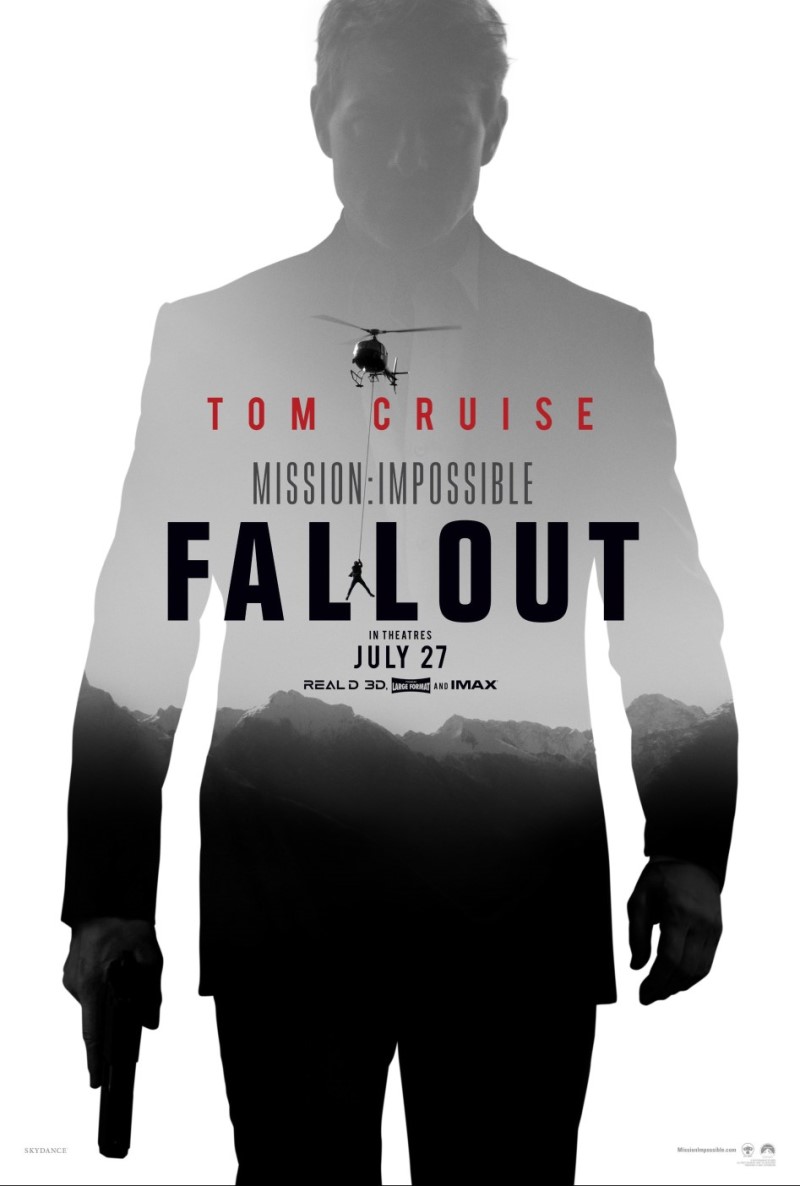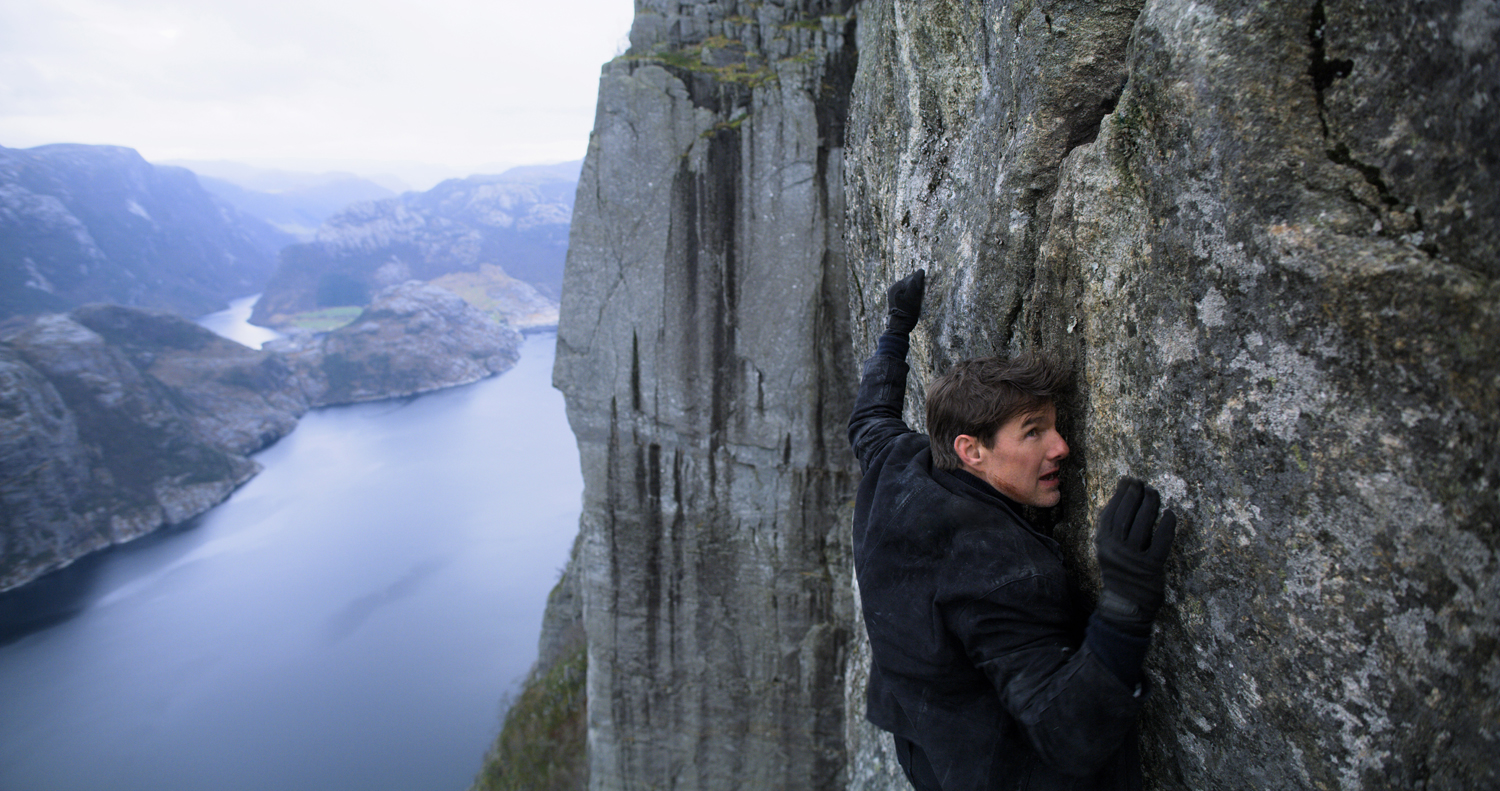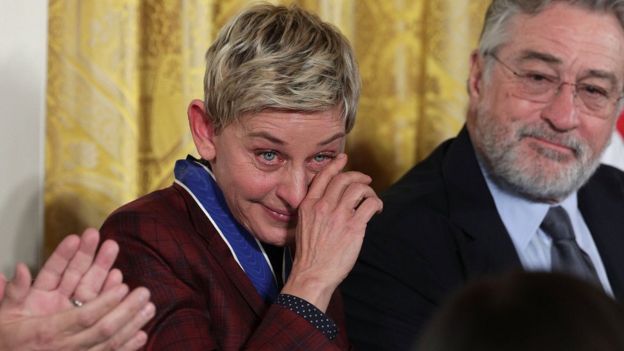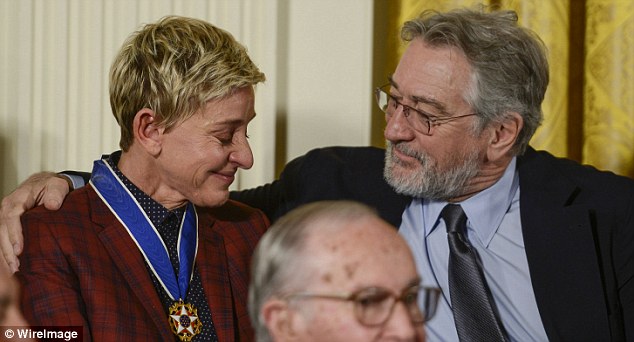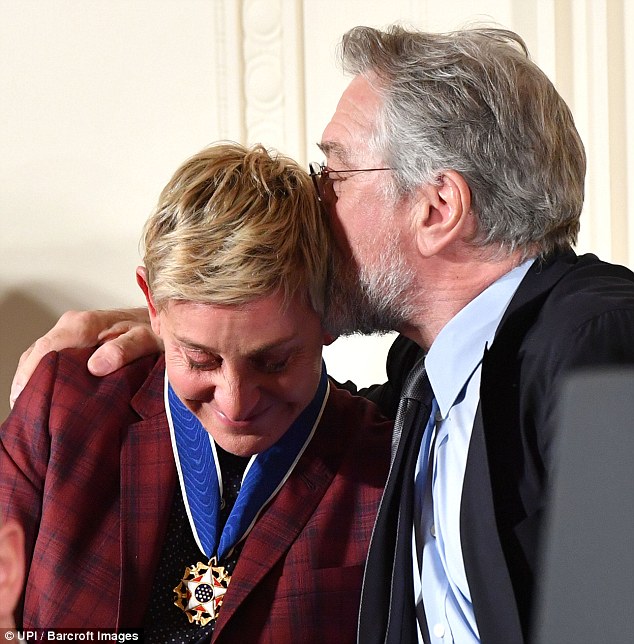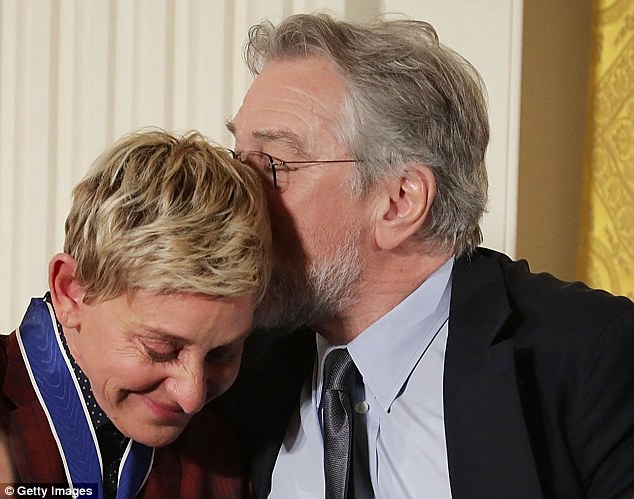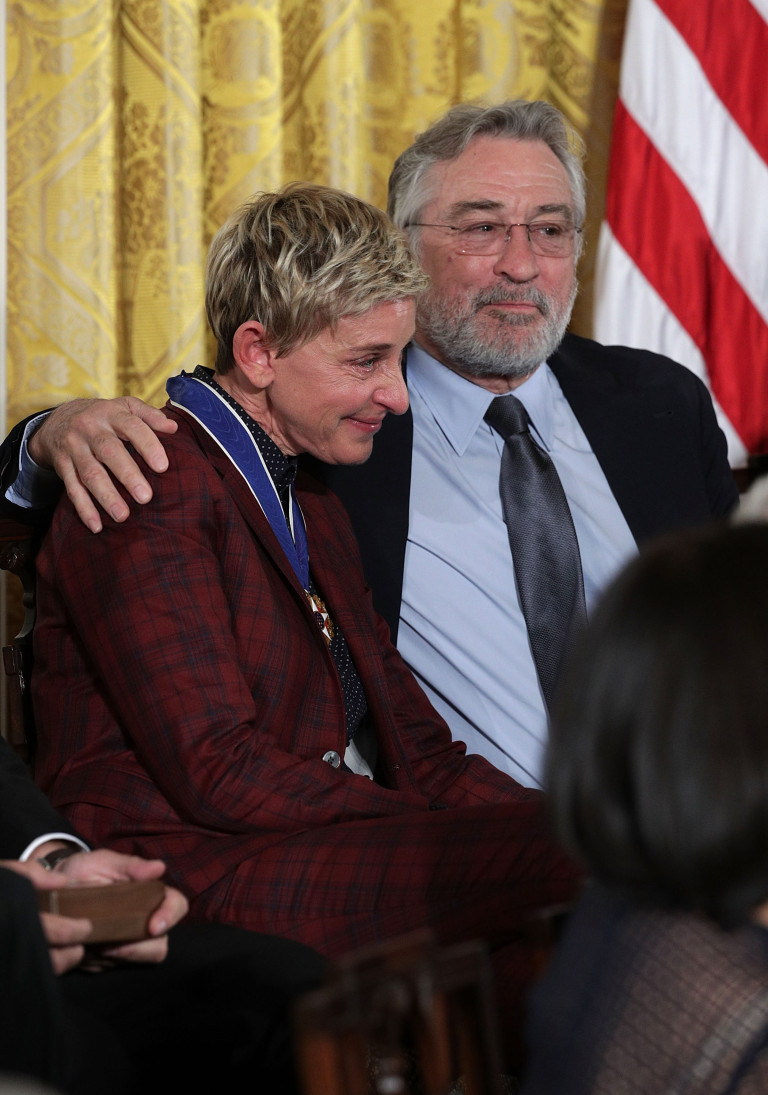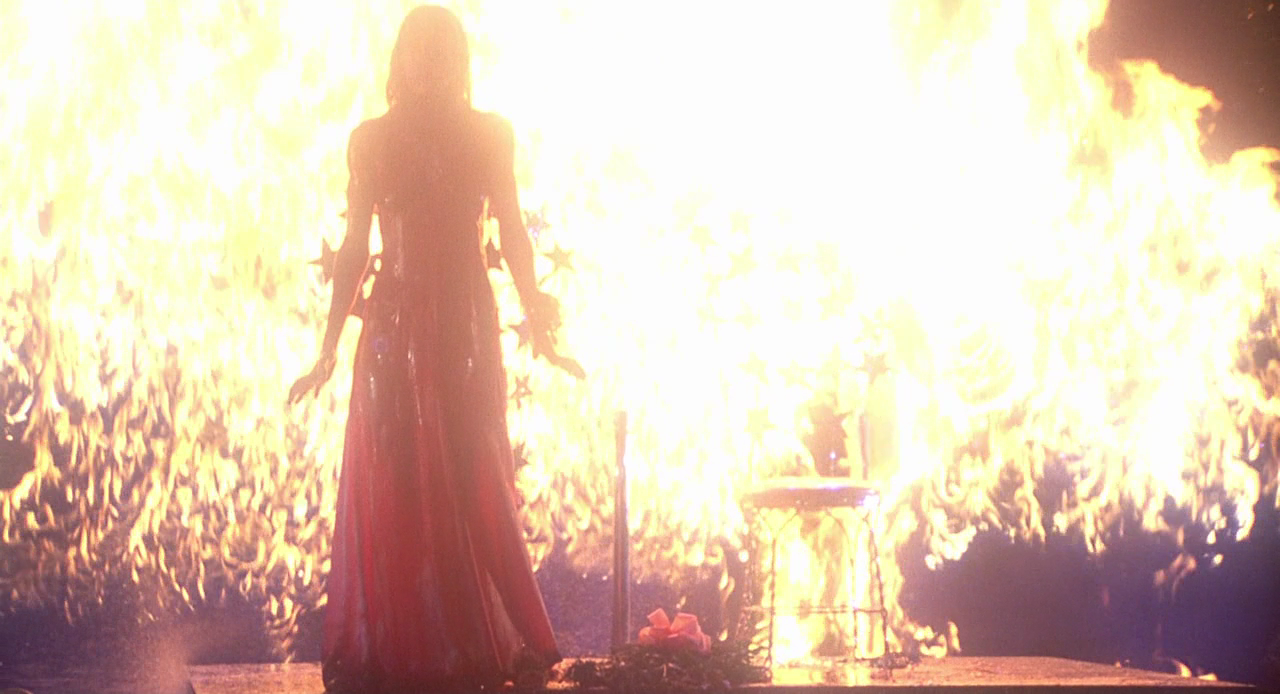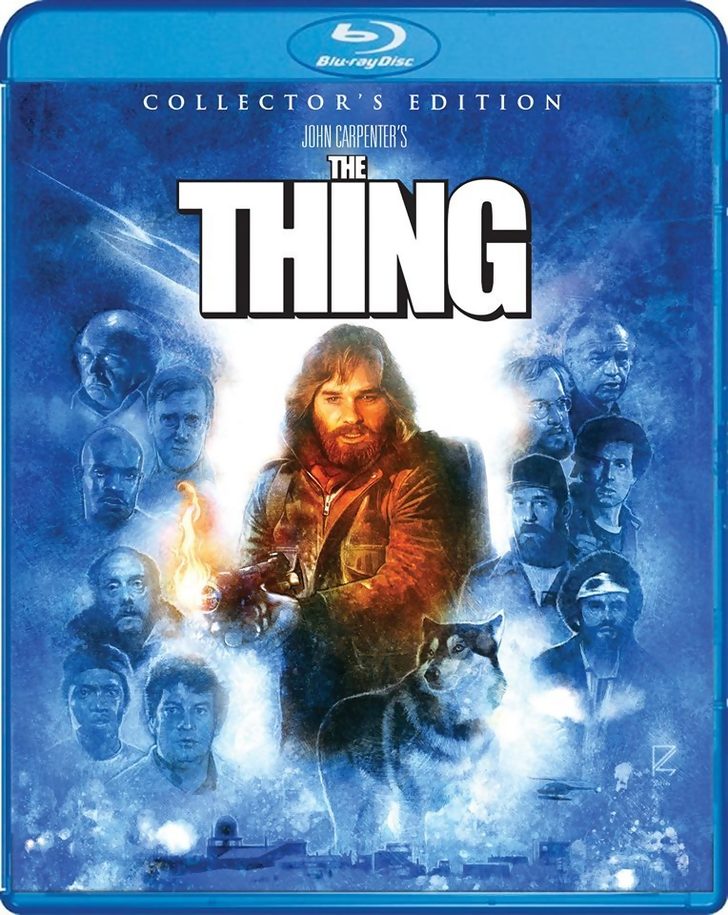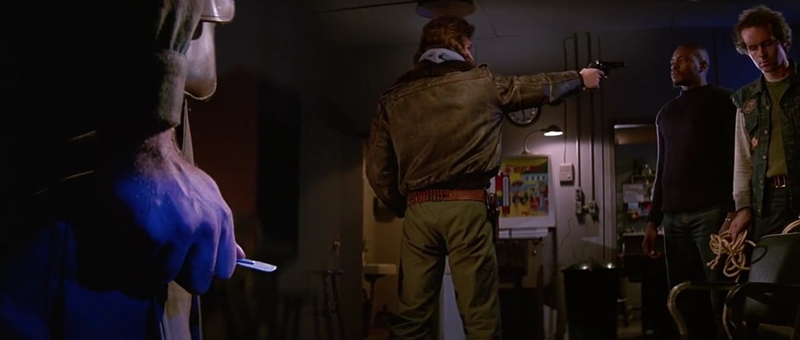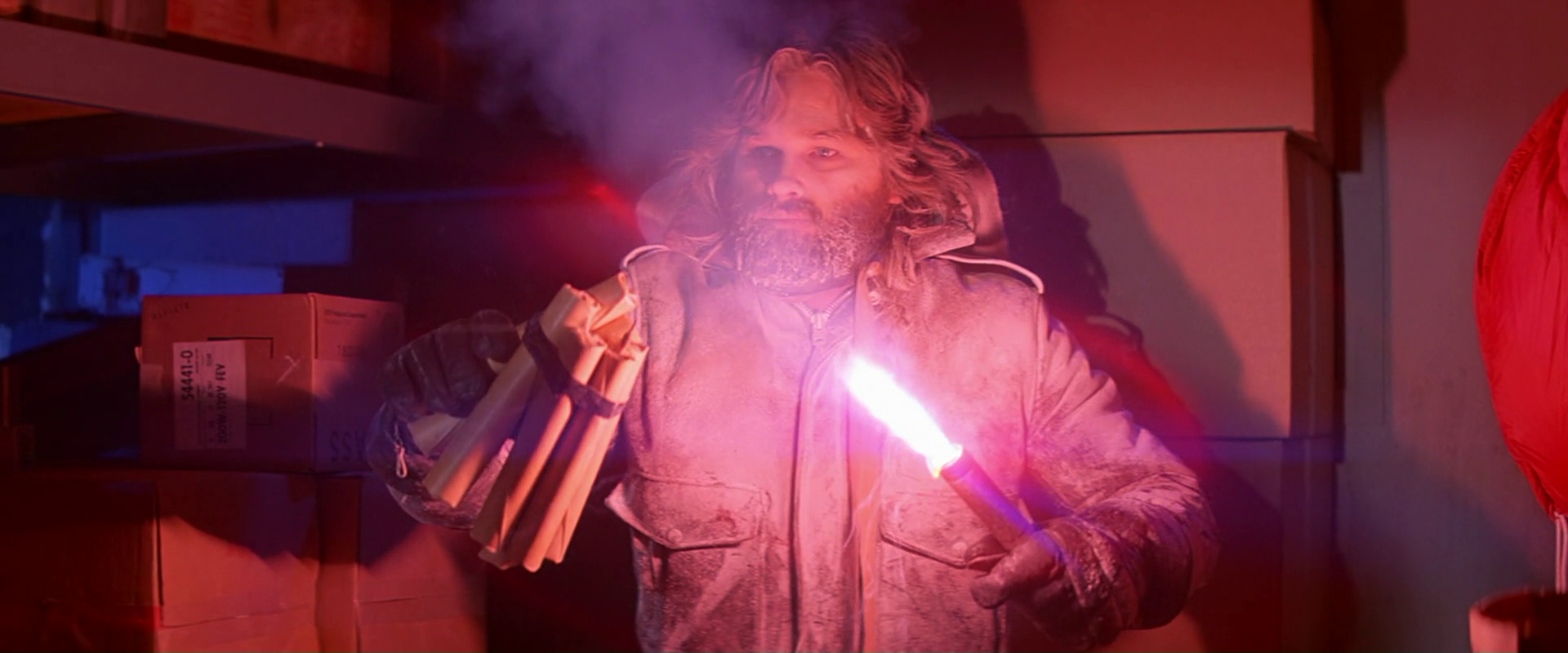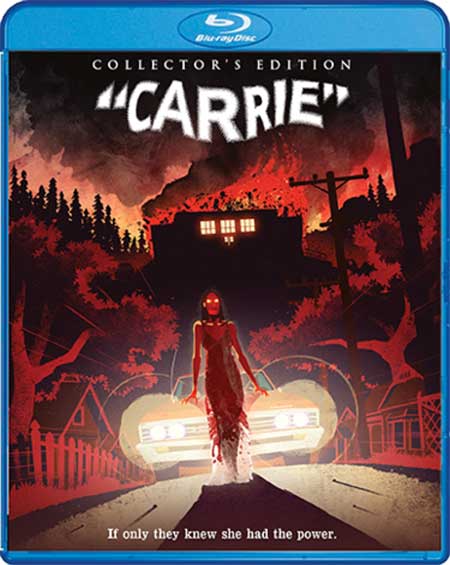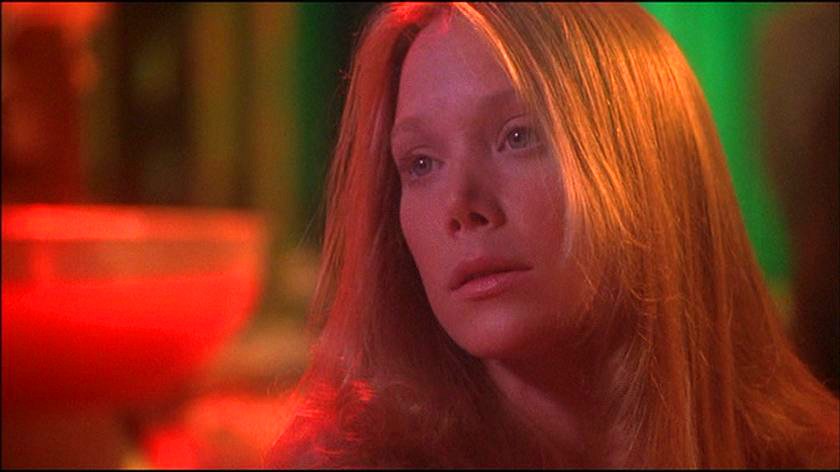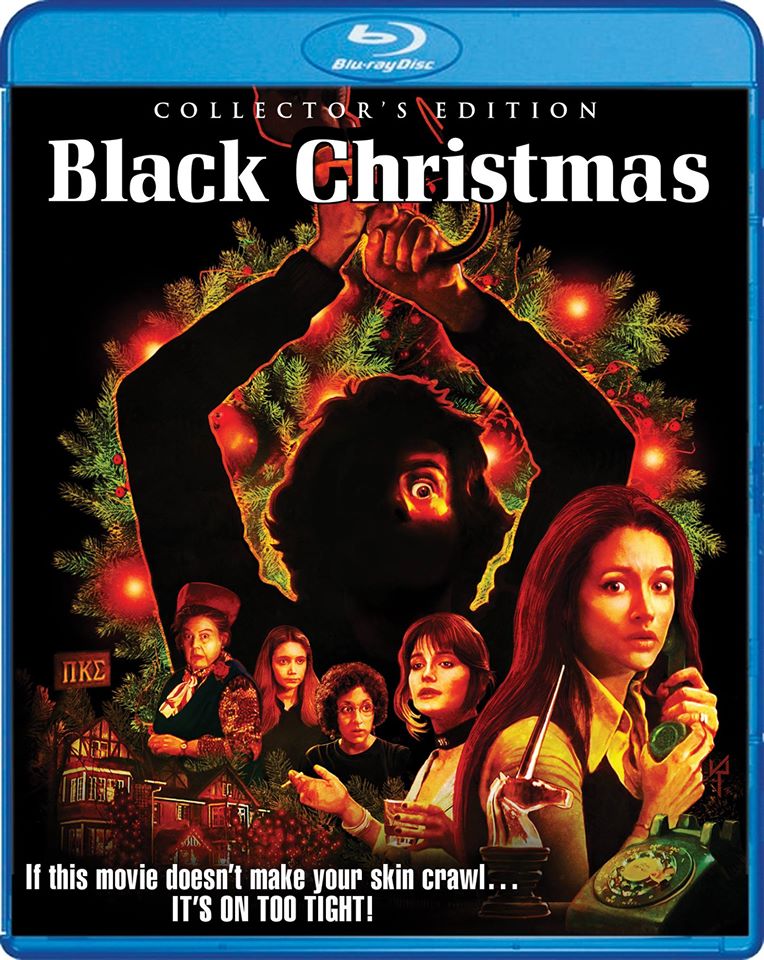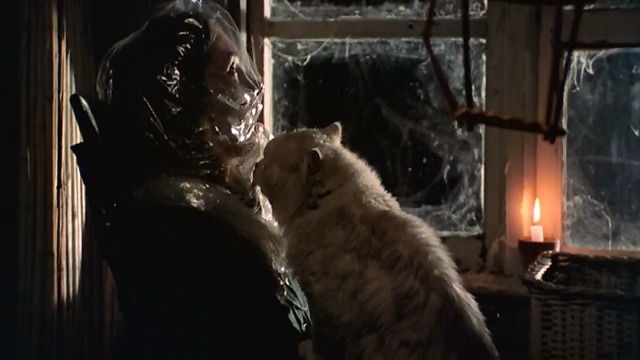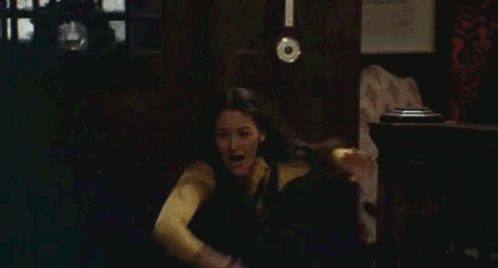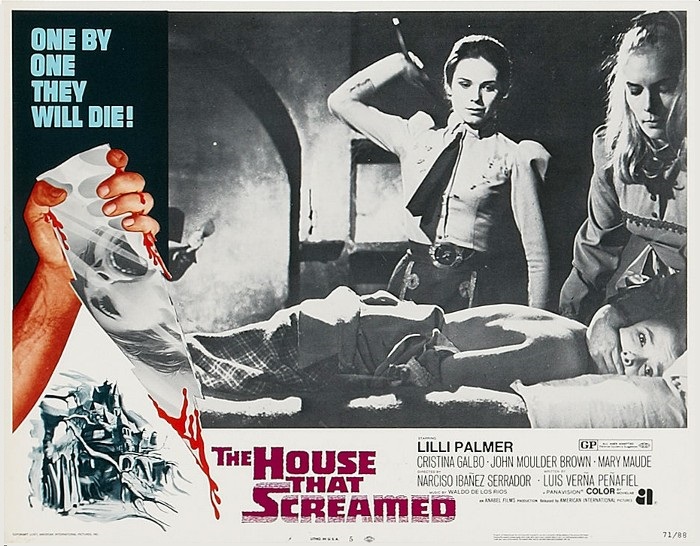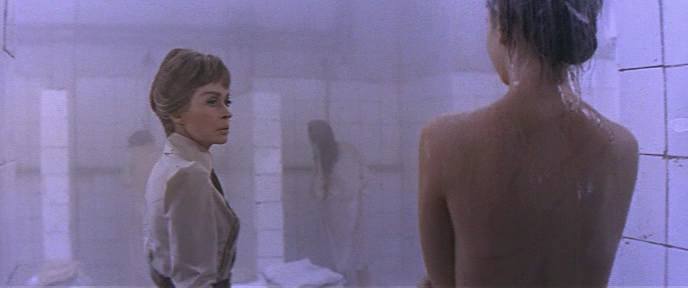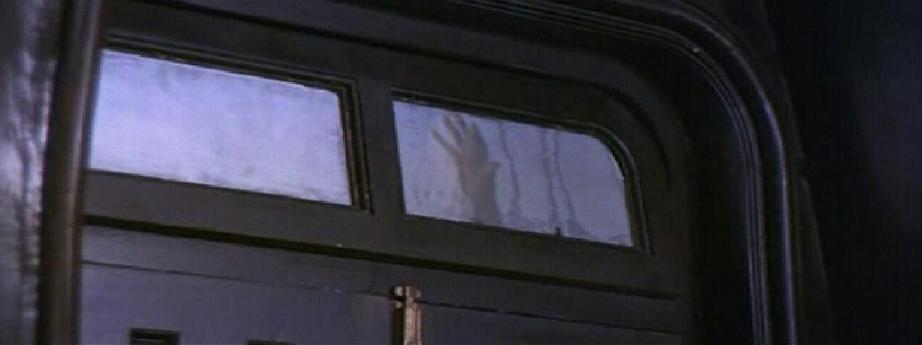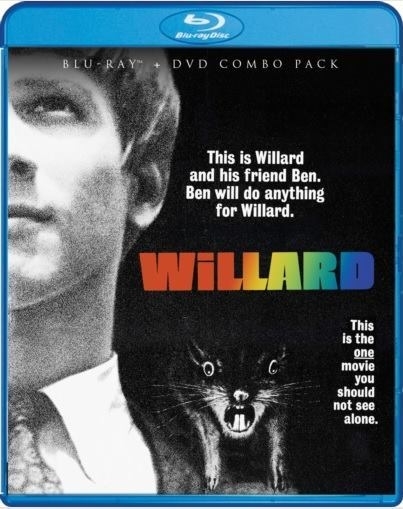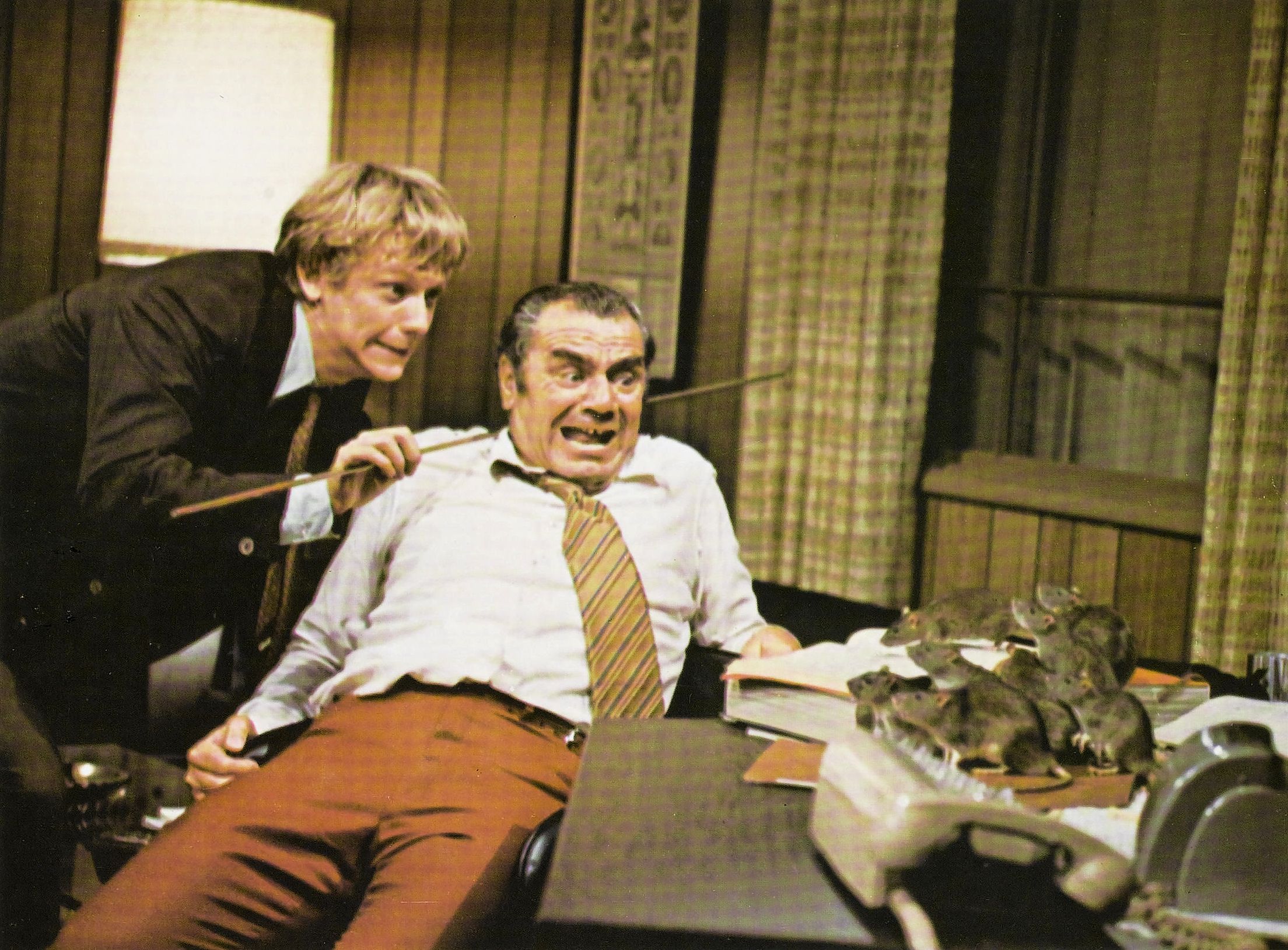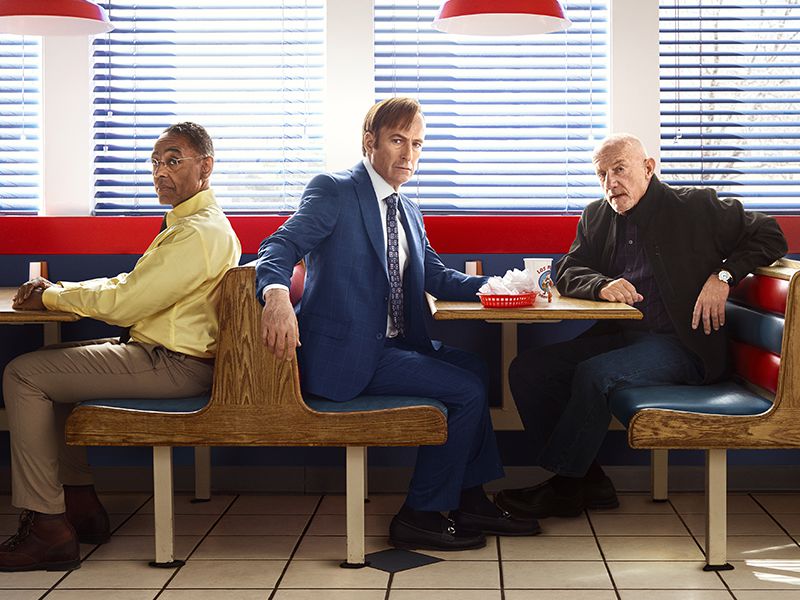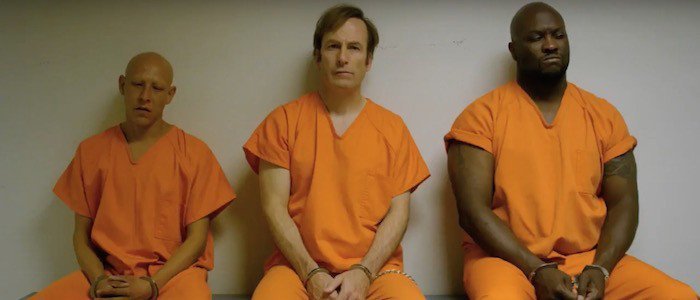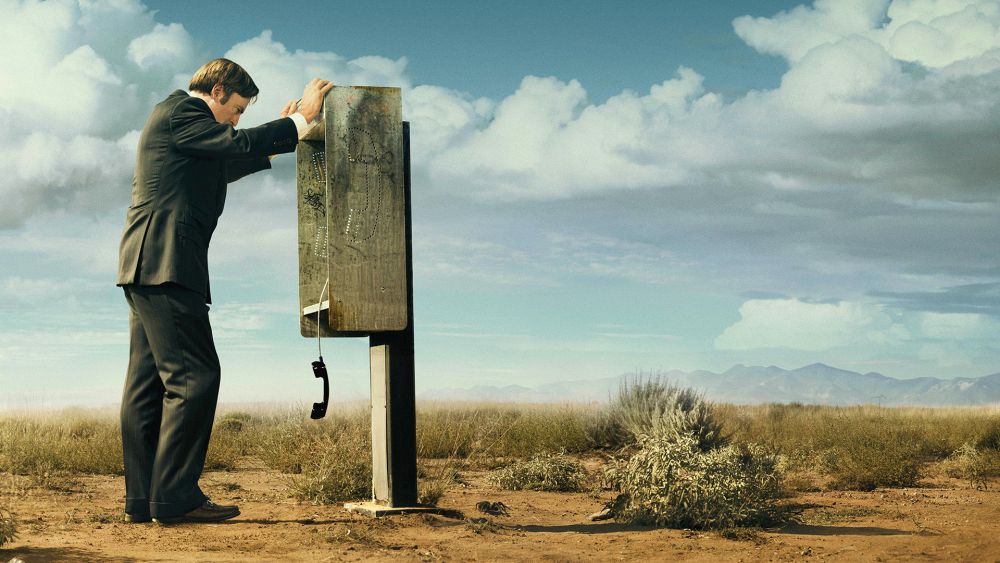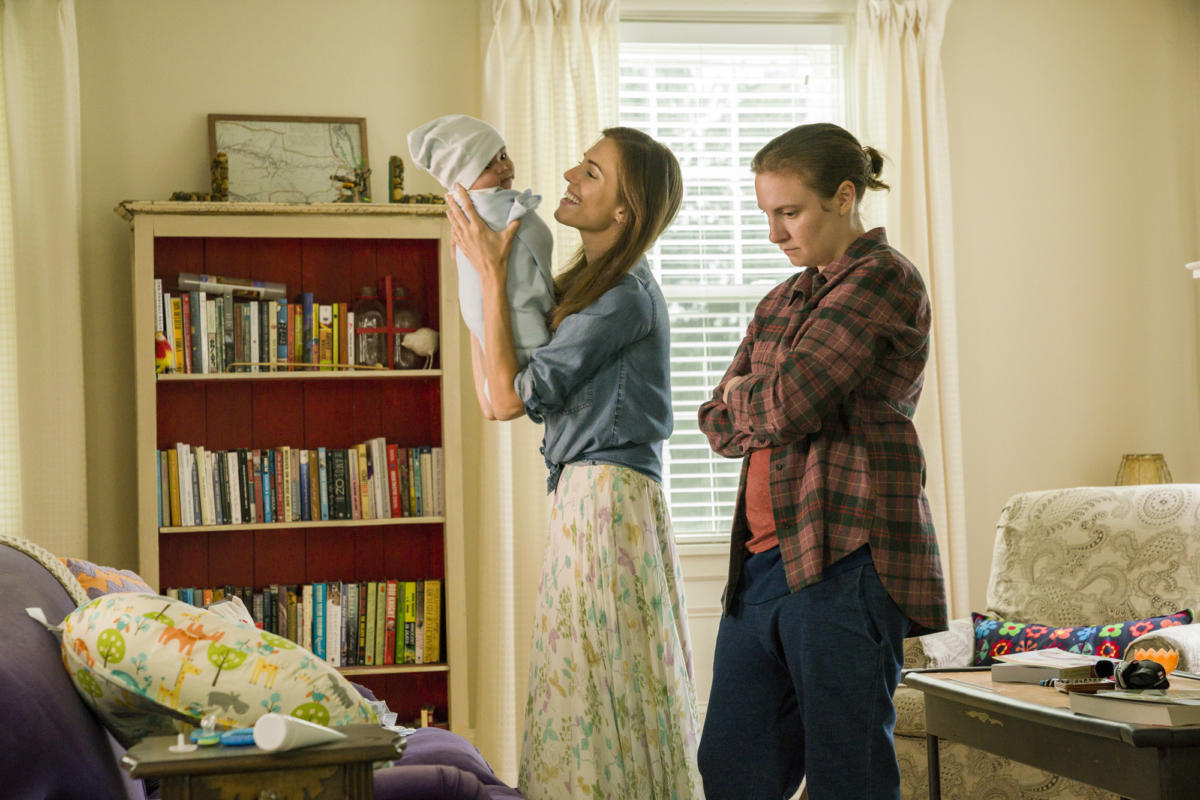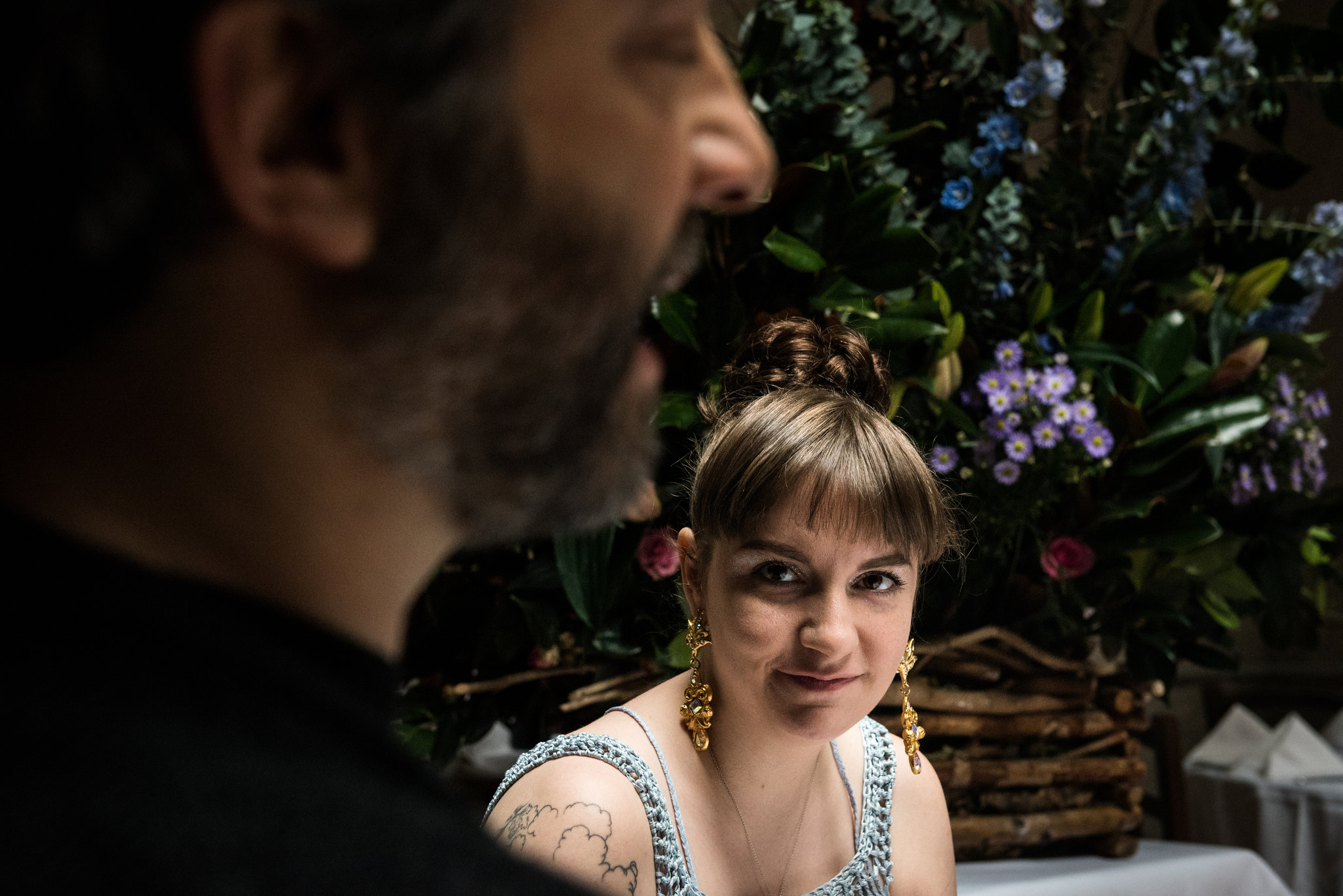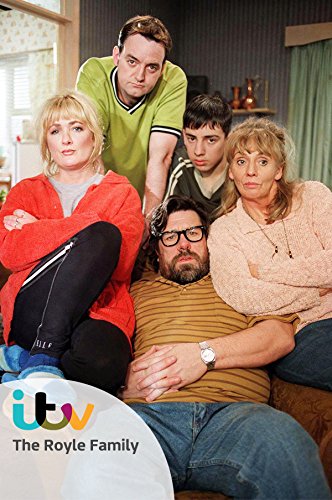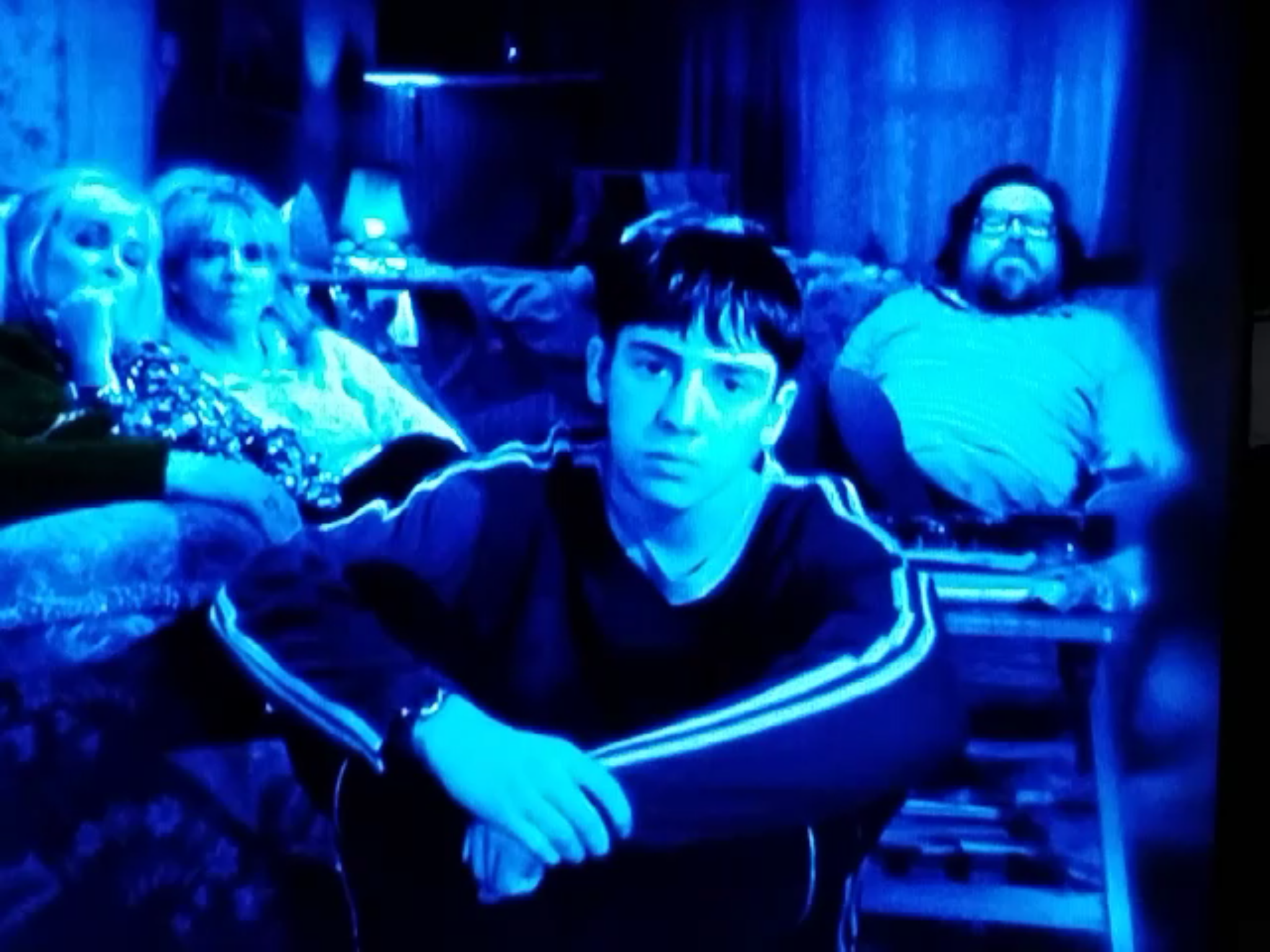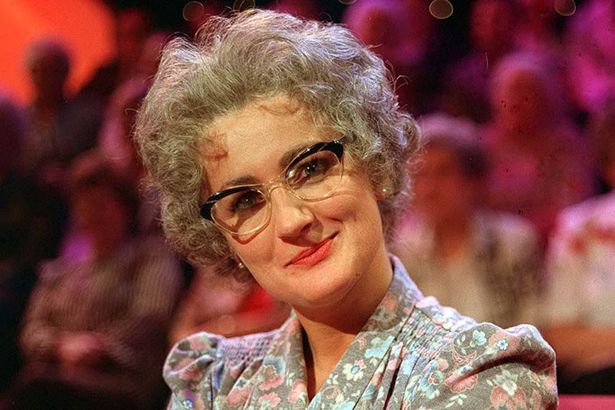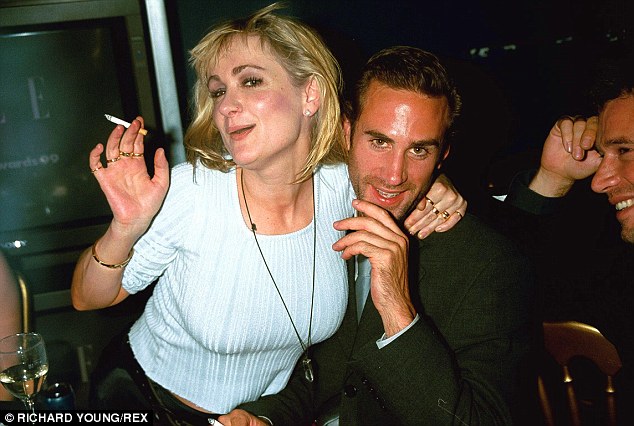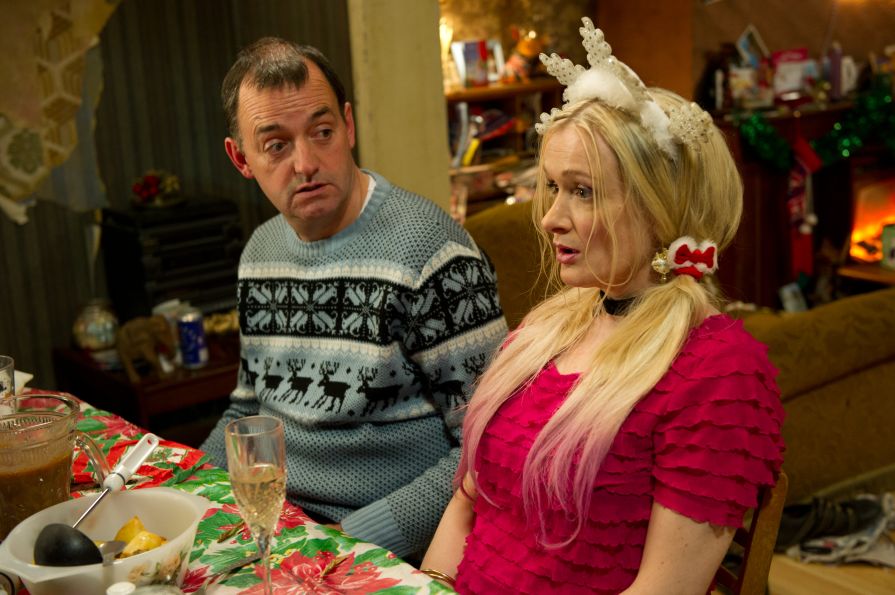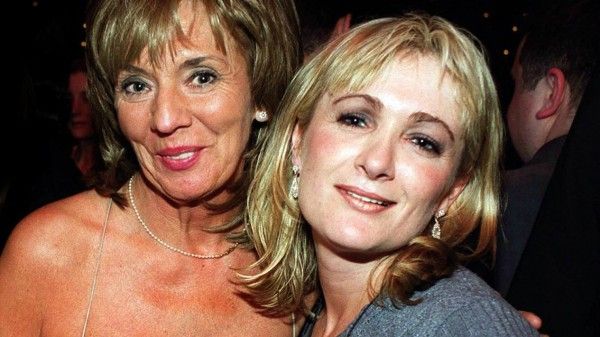
Wait… Am I late?
Everyone has to have their own distinctive gimmick. Mine is to wait until nobody in the world gives a shit anymore and THEN, AND ONLY THEN, share my thoughts.
But I know three people have been waiting breathlessly for me to list my Top Ten films of 2015. So here you go. And I think we can safely agree it’s the last word on the matter.
It consists of a lot of the “usual suspects” from other people’s list, but a few of my lower-brow entries have surprised even me. And I saved a real shocker for the #1 spot. My favorite movie of the year was, as far as I know, completely ignored by all the critics and did not win a single award. I kind of love that. Sometimes it’s nice to be reminded your taste is your very own and not just a parroting of the so-called tastemakers.
Let’s face it: too many people these days nod their heads along to the viral hype as if it were gospel. For some good examples, see my 10 Worst Movies list tagged onto the end – sort of a bonus – which commits heresy, contains a few critical darlings.
(If you’re one of those cynical people who love the negative stuff more, just skip on down)
Overall, though, I think it was a good year for film. I really do.
Okay, ready?
10) Bone Tomahawk

Without a doubt, this was the surprise hit of the year. A genre-bending slow-burn trip straight into the mouth of Hell. Is it a Western? Is it Horror? Yes. It’s neither and both. It plods along at a deliberate pace, reveling in droll period dialogue and quirky character a la the Coen Bros, building a real sense of place…only to descend into a nightmare third act that has us squirming in our seats. All the cast – Kurt Russell, Patrick Wilson, Richard Jenkins, Lili Simmons, Matthew Fox – do a great job, uhm, fleshing out their characters. But the real star here is Writer-Director S. Craig Zahler, who knocks his debut film right out of the park. He creates the most terrifying human monsters we’ve seen on screen in a very long time and gives us one gloriously gruesome death for the record books. Tarantino served up the same tired schtick in The Hateful Eight, but Zahler gave us a genuinely original, exciting spin on B-movie tropes.
9) Mission Impossible – Rogue Nation

Really? A sequel in an action series? The fifth one no less? A strange choice, I know. But when I really search myself, this was probably the most fun I had in a movie theatre this year. As a diehard Bond fan who has suffered through the deadly dry Daniel Craig era – and Spectre, though a tiny step in the right direction, was no exception – I find the Mission Impossible series provides my 007 fix with about ten times the entertainment value. This is what a spy film is supposed to be: Slick, cool, and light on its feet. I’ve watched it a few times now and it just gets better with each viewing. The opera sequence alone is worth the ticket price. The MVP is newcomer Rebecca Ferguson, who steals every scene as a sexy double agent every bit Ethan Hunt’s equal. When she casually climbs bad guys and breaks their neck with her thighs, I get the giddy feeling of being 13 years-old again. The great news is she’s returning for Mission Impossible 6, as is director Christopher McQuarrie. James who?
8) Furious 7

Really?? A sequel in an action series? The SEVENTH one no less? How lowbrow can I go? What can I say? I have to be honest. This was a close second on most fun in a movie theatre last year and the capper in my trilogy of popcorn flicks – my way of scaring off the film snobs right off the bat. This one provided the other half of my 007 fix with an orgy of crazy car stunts and jaw-dropping action. Just a complete blast from start to finish. It even throws in Kurt Russell! Is it very silly? You bet. And corny. But the heart behind Vin Diesel’s “family” (and the surprising poignancy in the way it handles the real-life loss of Paul Walker) makes all of the absurdity go down easy. There’s not a mean bone in this film’s body. It just wants to give you all the thrills and spills you can handle. And that it does, outdoing itself in scene after scene, until you can no longer contain the smile on your face. It’s pure kinetic joy.
7) The Martian

This is one of two entries on the list where I think a great film has been made out of a somewhat mediocre book. The Martian was a huge bestselling novel, I know, but it was actually pretty bloated and boring on the page. Screenwriter Drew Goddard and Director Ridley Scott trim all the technical fat and give us a zippy best-parts version. Some people might still argue that it lacks suspense or sufficient tension. But by keeping it low-key and “real”, and our hero coping with his struggle with lots of humor, the story is able to sneak up on you emotionally. By the time it reaches its powerful climax, it has transformed into the most uplifting and inspiring movie of the year. And in these times, there is something so refreshing about that. It’s a movie about the future that reminds us of our great NASA past, what human beings are capable of achieving if we just believe.
6) The Revenant

Okay, I’ll concede that it may be five minutes too long. All the other criticisms I don’t understand. Yes, it’s grueling – that’s the whole point. It’s meant to be an immersive experience, to give you the feeling of really being left for dead in the wilderness. In most movies, DiCaprio’s character would have stumbled back into civilization after a couple quick fade-outs. But here we feel every inch of his journey, the pain of his injuries, his starvation, and his moments of madness. We feel the sharp pain over the loss of his wife and son. It wins our empathy with pure visceral filmmaking. It’s Terrence Malick with a ruthless edge. I loved it. I honestly worry audiences are losing their attention span. I heard some people bitch that it was just a revenge story – what’s wrong with that? DiCaprio’s blank gaze directly into camera at the end tells us he is just as burdened after he exacts revenge as before, and his mind still not made up between life and death.
5) Spotlight

This movie is so subtle, so finely calibrated, it’s easy to forget the million and one ways it could have gone wrong. Simplicity is often the hardest thing to pull off. And when your subject matter is as disturbing as the true story in Spotlight, the feat becomes even more difficult. The trick here was to concentrate on an old-fashioned newspaper procedural and let the full breadth of the widespread child abuse seep in slowly. In this way, it reminded me of Schindler’s List. There is no one scene where it blatantly appeals for our tears, they just keep accumulating details of the church’s cover-up until the weight of it hits you in the chest like a bullet. The list of locations with abuse claims at the end of the film may not be quite Holocaust-sized, but it’s gasp-inducing nonetheless. Todd McCarthy and his cast follow the reporter’s code: Tell the story and get out of the way.
4) Sicario

In contrast with my popcorn entries, what makes Sicario the best thriller of recent years is that it is decidedly NOT an action picture and it never cheapens its story by devolving into one. Call it a slice-of-death from the War On Drugs. Tense, brutal, sloppy, and terrifyingly ordinary, it’s all gray area and no heroics. Instead of a car chase, we get a traffic jam…and a bloody shootout that doesn’t solve anything. It’s the perfect metaphor. Just like our heroine, we never really grasp what’s going on, or even who in fact the title hitman is, until it’s much too late. It reminded me of the great crime films of the 1970’s, where the thrills came from keeping it real and moody. And in this day of comic book excess, what a pleasure to have our intelligence as an audience respected. Emily Blunt is rock solid in the lead and Benicio Del Toro does his best work in years. The script by Taylor Sheridan, the directing, the cinematography, the music, it all gels together to make a modern classic that would fit perfectly on a double bill with No Country For Old Men.
3) Mad Max – Fury Road

If there is one thing this list of movies proves, it’s that letting more female energy into our movies, no matter what the genre, enriches them, makes them better. Not just by adding complex dimensional heroines, but also in a general sense, by highlighting compassion, sensitivity and hope. I’ll make a confession: I never loved the previous Mad Max movies. They had their moments, great stunts and visuals – George Miller has always known how to stage an epic (even primal) car chase – but ultimately, they all felt sort of empty. What he does here is take the exact same template he’s been using for thirty years and finally make it resonate on a much deeper level. And it’s because women, and the hope they offer for a humane future even in an apocalyptic wasteland, are the heart, the soul, the actual McGuffin of the piece. Once that becomes clear, and Charlize Theron allows beautifully nuanced chinks in her one-armed armor, this film becomes so much more than just another Mad Max, more than just a genre flick.
2) Brooklyn

Talk about female energy. If you had told me a year ago that a very old-fashioned movie about an Irish girl’s move to 1950’s America would be one of the most affecting films of the year, I would never have believed it. But there I was, eyes welling up like a baby before the first act had even ended. It shows the power of simple, honest storytelling. What should have been a corny mess of cliches, instead feels completely authentic and universal. Chalk it up to a terrific script by Nick Hornby and an absolutely radiant performance by Saoirse Ronan. The whole thing rests on her alabaster shoulders and her sad, slightly odd face, on which we can read her every thought. As she overcomes homesickness and falls in love with an awkward Italian-American boy, it feels like a perfect microcosm of the immigrant experience. When she finally stands up for herself against small-minded gossip and chooses a bigger life, it feels like a huge triumph.
1) Mr. Holmes

What did I tell you? You weren’t expecting this one in the top spot, were you? No wonder, since it was roundly forgotten by almost everyone at the end of the year. Nonetheless, it was my most overall gratifying and surprising experience in 2015. I’m an enormous Sherlock Holmes fan, but I went into the film with very low expectations. The source novel, “A Slight Trick Of The Mind”, was a real snooze, with barely any plot and a whole lot of pretentious ambiguity. It was hard to imagine how anybody could make a movie from such thin material. Enter Bill Condon. Through some creative alchemy, he manages to turn it into a witty, moving, even profound meditation on aging and regret, without ever sacrificing the mystery (albeit low-key) and nifty deductions we expect from The Great Detective. He also very wisely changes the ending – not to pander, but to give meaning to the story. Sherlock finally solves the case of his own ego. It’s a miraculous adaptation and how it got passed over by Oscar I will never know. But then Ian McKellen’s incredible work as Holmes (at different ages, levels of mental acuity) was also ignored. Maybe someone needed to cry ageism.
I love this film. I believe its reputation will only grow. It’s a brilliantly realized, layered piece of entertainment – as old-fashioned as Brooklyn and just as transcendent.
——————————————

Okay, what about the worst?
As mentioned before, I try not to attack easy targets and obvious flops. There’s no point in beating up a corpse. So these are all “quality” films, several of which were on other folks’ Top Ten lists. They’re still terrible, in my opinion. Some are disappointments by talented people, others just vastly overrated pieces of shit. But all are missed opportunities.
10) Jurassic World
A gigantic box-office hit, but so so dull. Maybe the real problem here is the original film isn’t as good as Millennials remember, so the third faded Xerox copy of it can only do so much. How many PG-rated variations are there on dinosaurs eating people? Thank god for the pterodactyls, the only scene that delivers true monster mayhem.
9) The Hateful Eight
It starts with a fun conceit, Agatha Christie in the Old West, but nearly three hours later I just wanted to die myself. I keep waiting in vain, year after year, for people to wake up to Tarantino’s repetitious bag of tricks. But if this exhausting exercise in futility didn’t do it, nothing will.
8) Tomorrowland
I know what Brad Bird was aiming for, but what a strange misfire this was. It’s too bad because there are some great scenes, cool effects, intriguing ideas, and we desperately need more blockbusters with original stories. Unfortunately, it’s all undone by clumsy storytelling and a vaguely creepy feeling of stunted pre-pubescence.
7) The Big Short
I’m in the extreme minority, no doubt. As a black comedy, it didn’t make me laugh – as a tragedy, it didn’t stir my emotions. In the final analysis, it’s the financial collapse through the eyes of a bunch of obnoxious millionaires who don’t end up losing anything. Outrage and glibness don’t marry well.
6) Mississippi Grind
The title deliberately recalls one of my favorite gambling movies, Robert Altman’s California Split. I was expecting that level of realism. Or at least a genuine study of gambling addiction. Instead, I got a contrived buddy flick I didn’t believe for a single moment. Which would be fine if it was fun. It’s not.
5) Carol
As usual, Todd Haynes gets all the detail of the 1950’s production design meticulously right. If only the human beings were recognizable. The two heroines at the center feel false, their love affair stilted and ice cold. Half of the running time is Mara Rooney gazing pensively out a car window.
4) Crimson Peak
A crushing letdown. I’m a sucker for Del Toro’s gorgeous visuals and was excited to see his take on a gothic romance/ghost story. Neither sexy or scary, we spend two hours waiting for the lead character to figure out what we already know and no longer care about. What a waste. This and Tomorrowland did real damage to the Non-Sequel Blockbuster.
But I have a special antipathy for these “top” three…
3) The End Of The Tour
To quote Roger Ebert, I hated hated hated hated this film. It’s hard to say what’s more galling: a film that thinks it’s smart and literate when it’s really as deep as a bottle cap, or the fact so many people seemed to fall for it. Jason Segal’s award-hungry performance is so precious and simpering, if late author David Foster Wallace saw it he would have to kill himself all over again.
2) It Follows
I don’t know what bribes or sexual favors horror filmmakers are handing out these days, but like The Babadook and The Guest from the year before, another absolutely lame, amateurish horror film became all the rage with the critics. This “masterpiece” is not scary, not witty enough to be fun, not provocative in the least (the sex-as-contagion concept has been done better…well, everywhere, you name the movie), and, stylistically is a total washout. What has happened to American horror? “It Sucks”.
1) Joy
Finally, the biggest failure of the year by far. It’s not even a close call. This one is pure torture. The original draft by Annie Mumolo (Bridesmaids), was a funny, heartfelt American success story and one of the best scripts I have ever read. But David O. Russell, presumably in a fit of Oscar hubris, threw it all out and wrote this condescending “parable” of female empowerment instead. It was a crime against screenwriting. The resulting travesty wastes the talents of our best young actress; not to mention, Mr. DeNiro and an ace supporting cast. Don’t take my word for it – there are articles outlining the crime here and here. To think of what might have been just kills me. American Hustle was a bad sign, but now it’s official: Russell’s swollen head is firmly lodged up his ass.

———————–
…So there you have it. At long last, my two cents.
Vehemently disagree?
Good.
Leave a comment… 🙂
